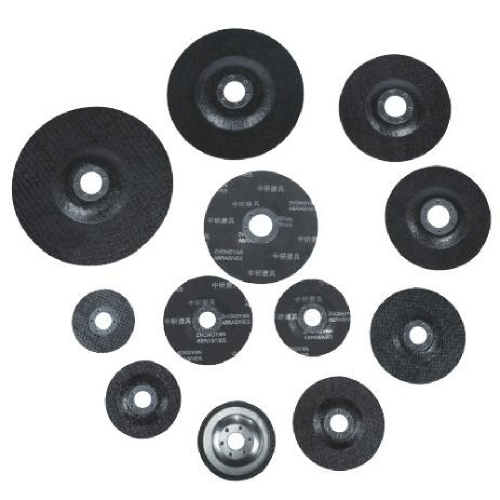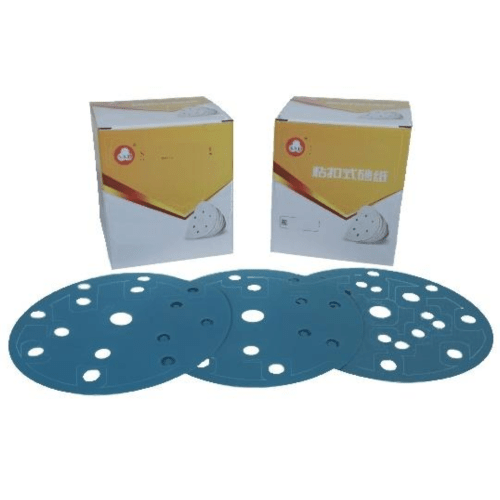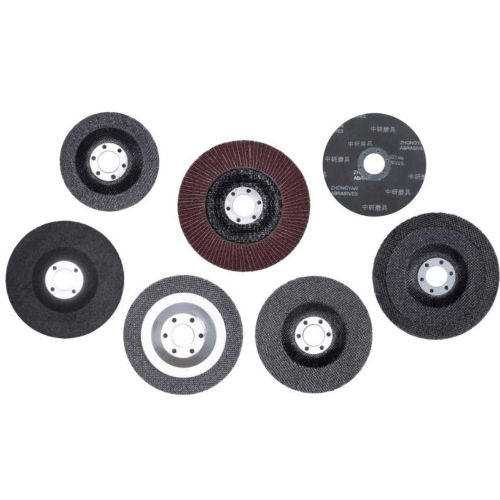blended fabric
Blended fabric represents a revolutionary advancement in textile engineering, combining multiple fiber types to create versatile materials that offer superior performance characteristics. These innovative textiles merge natural and synthetic fibers in carefully calculated proportions to maximize their respective strengths while minimizing inherent weaknesses. The manufacturing process involves sophisticated spinning techniques that ensure uniform distribution of different fibers throughout the yarn, resulting in a consistent and high-quality fabric. These materials typically incorporate combinations such as cotton-polyester, wool-acrylic, or bamboo-spandex blends, each designed to serve specific purposes. The technology behind blended fabrics allows for enhanced durability, improved moisture management, and better temperature regulation compared to single-fiber materials. These fabrics find applications across various sectors, from everyday clothing and sportswear to industrial textiles and home furnishings. The adaptability of blended fabrics makes them particularly valuable in creating garments that must withstand frequent washing and regular wear while maintaining their shape and appearance.


